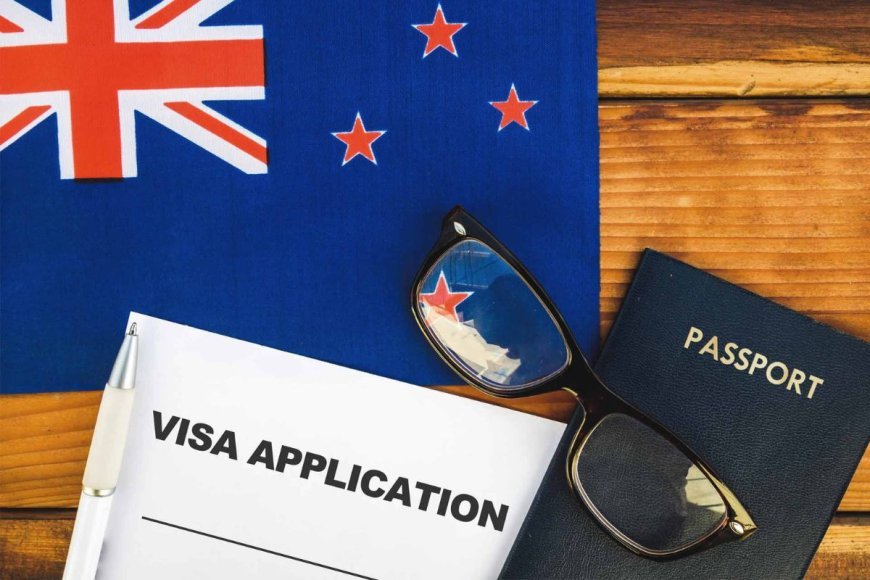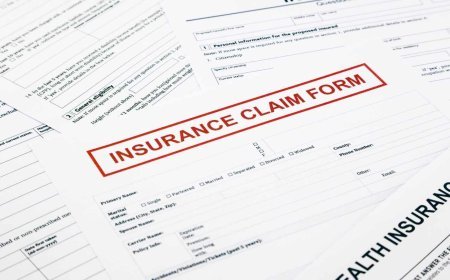Understanding Long Residence ILR: A Complete Guide

Introduction
The United Kingdom offers several pathways for individuals seeking Indefinite Leave to Remain (ILR). One of the most common routes is through Long Residence ILR, which allows individuals who have lawfully lived in the UK for a continuous period of ten years to apply for permanent residence. This guide explores the eligibility requirements, application process, benefits, and potential challenges of obtaining ILR through long residence.
What is Long Residence ILR?
Long Residence ILR is a legal provision that enables non-UK nationals to apply for permanent residence after residing continuously in the UK for at least ten years. This pathway recognizes the deep connections individuals develop with the UK over time and provides an opportunity for them to stay indefinitely.
Once granted, ILR removes immigration restrictions, allowing individuals to live, work, and study in the UK without needing a visa. It is also a crucial step toward obtaining British citizenship.
Eligibility Criteria for Long Residence ILR
To apply for Long Residence ILR, applicants must meet the following requirements:
-
Continuous and Lawful Residence:
-
The applicant must have lived in the UK continuously for ten years without significant gaps or violations of immigration rules.
-
Any time spent in the UK unlawfully may disrupt the continuity requirement.
-
-
Absence Limitations:
-
Applicants must not have been outside the UK for more than 180 days in a single trip or 540 days in total within the ten-year period.
-
Excessive absences can break the long residence period, leading to application refusals.
-
-
Good Character Requirement:
-
The applicant must not have any serious criminal convictions or breaches of immigration law.
-
Compliance with UK laws and regulations is a critical factor.
-
-
English Language Proficiency:
-
Applicants must prove their ability to communicate in English through an approved test or by holding a degree taught in English.
-
-
Life in the UK Test:
-
A mandatory test that assesses the applicant’s knowledge of British culture, laws, and traditions.
-
-
Current Valid Visa:
-
The applicant must hold a valid visa at the time of application.
-
Application Process for Long Residence ILR
The process for applying for Long Residence ILR involves several steps:
-
Prepare Documents:
-
Passport and biometric residence permit (if applicable)
-
Proof of ten years of continuous residence, such as visas, travel records, and letters from employers or educational institutions
-
Evidence of English proficiency and Life in the UK test certificate
-
Financial documents demonstrating self-sufficiency (if required)
-
-
Complete the Online Application:
-
The application for Long Residence ILR must be submitted online via the UK Home Office website.
-
Applicants must pay the required fees and schedule an appointment at a UK Visa and Citizenship Application Services (UKVCAS) center.
-
-
Biometric Appointment:
-
Applicants must attend a biometric appointment to provide fingerprints, photographs, and other necessary details.
-
-
Decision Waiting Period:
-
Standard processing time is usually within six months.
-
Priority and super-priority services may be available for faster processing.
-
Benefits of Long Residence ILR
Acquiring Long Residence ILR comes with multiple benefits:
-
Freedom to Stay and Work: No restrictions on employment or business activities.
-
Access to Public Benefits: Eligible for healthcare, education, and social security benefits.
-
Pathway to British Citizenship: After holding ILR for 12 months, individuals can apply for naturalization.
-
Family Reunification: ILR holders can sponsor family members under certain visa categories.
-
No Need for Visa Renewals: Eliminates the need to renew visas periodically, reducing administrative burdens and expenses.
Challenges and Common Reasons for Refusals
Despite the advantages, applicants may face challenges during the Long Residence ILR process. Common reasons for refusals include:
-
Gaps in Lawful Residence: Overstaying, visa lapses, or extended absences may break continuous residence.
-
Criminal Convictions: Serious offenses can negatively impact the application.
-
Incorrect Documentation: Missing or insufficient evidence can lead to delays or rejection.
-
English and Life in the UK Test Failures: Not meeting language and cultural knowledge requirements.
What to Do If Your Application is Refused?
If an application for Long Residence ILR is refused, applicants have several options:
-
Administrative Review: If the refusal was due to an error in decision-making, an administrative review can be requested.
-
Appeal: In certain cases, applicants may have the right to appeal to an immigration tribunal.
-
Reapply: If the refusal was due to missing documents or minor errors, submitting a new application with correct details may be an option.
-
Seek Legal Advice: Consulting an immigration lawyer can help assess the best course of action.
Conclusion
Long Residence ILR is a significant milestone for individuals who have lived in the UK for a decade. It provides stability, security, and a pathway to citizenship. Understanding the eligibility requirements, preparing necessary documents, and ensuring compliance with immigration rules can enhance the chances of a successful application. While challenges exist, proper planning and legal guidance can help overcome potential obstacles.
For those who meet the criteria, applying for Long Residence ILR can be a life-changing step towards permanent residence in the UK.
What's Your Reaction?




































































